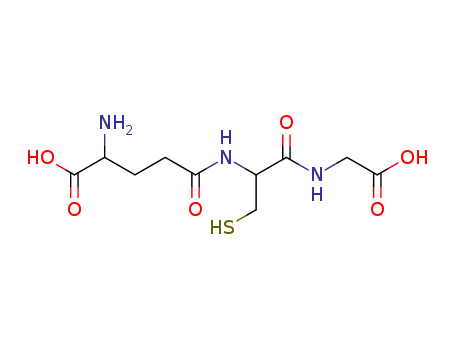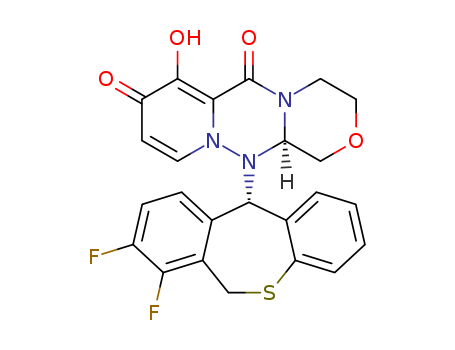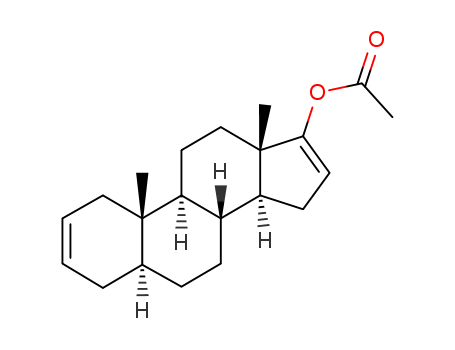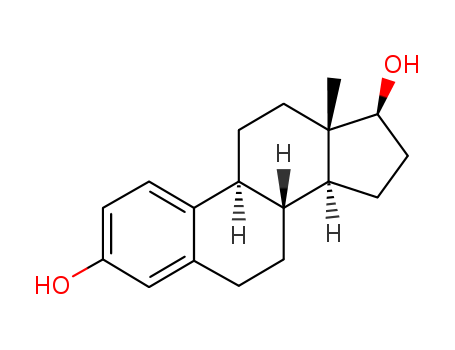- Product Details
Keywords
- BMS-907351
- Cabozantinib
- XL184
Quick Details
- ProName: Cabozantinib (XL184, BMS-907351) high ...
- CasNo: 849217-68-1
- Molecular Formula: C28H24FN3O5
- Appearance: white crystal
- Application: API intermediate
- DeliveryTime: 1 day
- PackAge: Aluminum foil bags;CARDBOARD DRUMS
- Port: Shanghai, Qingdao
- ProductionCapacity: 100 Kilogram/Week
- Purity: 99.8%
- Storage: Shady, sealed, dry place
- Transportation: By air or by sea.
- LimitNum: 1 Gram
- Impurity: ≤0.1%
Superiority
Superiority 1.Powerful R & D team
2.The ability of quantized production,from grams to tons;
3.Various kinds of advanced equipment in the laboratory and plant;
4.Strict QC standard to meet the demand of customers,advanced equipment for analysis and a ssay;
5.Efficient and safe logistic plans for chemical products transportation;
6.Excellent after-sale service.
7. Higest quality and good package
Details
| Cabozantinib Basic information |
| Product Name: | Cabozantinib |
| Synonyms: | N-(4-(6,7-dimethoxyquinolin-4-yloxy)phenyl)-N-(4-fluorophenyl)cyclopropane-1,1-dicarboxamide;Cabozantinib;N-[4-[(6,7-Dimethoxy-4-quinolinyl)oxy]phenyl]-N'-(4-fluorophenyl)-1,1-cyclopropanedicarboxamide;XL184;Cabozantinib(XL184);XL-184 free base (Cabozantinib);BMS907351;N-(4-((6,7-DiMethoxyquino... |
| CAS: | 849217-68-1 |
| MF: | C28H24FN3O5 |
| MW: | 502 |
| EINECS: | -0 |
| Product Categories: | Inhibitors |
| Mol File: | 849217-68-1.mol |
|
|
|
| Cabozantinib Chemical Properties |
| density | 1.396 |
| Safety Information |
| Cabozantinib Usage And Synthesis |
| Anti-cancer drugs |
Cabozantinib is a kind of a novel type of molecular targeted drugs developed by the United States Exelixis biopharmaceutical company. On November 29, 2012, the US Food and Drug Administration (FDA) approved the use of cabozantinib for the treatment of unresectable malignant local advanced or metastatic medullary thyroid carcinoma. In addition, Sorafenib, Vandernib and Levotinib have been approved by the Food and Drug Administration (FDA) for the treatment of advanced thyroid cancer. |
| Mechanism of action | In vitro biochemical and/or cytological analysis have shown that cabozantinib can inhibit the tyrosine kinase activity of RET, human hepatocyte growth factor receptor (MET), vascular endothelial growth factor receptor 1 (VEGFR-1, VEGFR-2, VEGFR-3, stem cell factor receptor (KIT), receptor kinase receptor (TRKB), FMS-like tyrosine kinase-3, FLT-3), AXL and human tyrosine kinase with immunoglobulinlike and EGF-like domains 2, TIE-2. All the above kinase receptors play an important role in the growth of normal cells and tumor cells. The abnormal expression of these receptors is critical in the development and progression of many kinds of tumors, including the inhibition of tumor cell apoptosis, participating into the tumor angiogenesis and invasion and other pathological processes. Cabozantinib exerts its antitumor effect by inhibiting the above kinase activity, killing tumor cells, reducing metastasis and inhibiting tumor angiogenesis. |
| Pharmacokinetics |
The pharmacokinetic analysis showed that the half-life of this drug was about 55 h with the volume of distribution (V/F) being about 349L, and the clearance rate of CLL being about 4.4 L • h-1. Upon oral administration of this drug, the time for reaching plasma concentration peak time (tmax) is 2~5h. Compared with a single dose of oral administration of 140 mg • d ^ (-1) for 19 days, the exposure amount in vivo was increased to 4-5 times (based on the area under the drug-time curve) and can reach steady-state in 15th day. The drug has a high binding rate with plasma protein (≥ 99.7%). For healthy people subjecting to a single oral dose of 140 mg of this drug, a high-fat diet compared with the administration upon empty stomach, the maximal concentration (Cmax) and AUC are increased by 41% and 57%, respectively. In vitro studies have shown that cabozantinib is a CYP3A4 substrate. The CYP3A4 inhibitor will reduce the formation of its metabolite N-oxide (> 80%) while CYP2A9 inhibitor has a relatively small effect on the drug metabolism (<20%). CYP1A2, CYP2A6, CYP2B6, CYP2C8, CYP2C19, CYP2D6 and CYP2E1 have no effect on the drug metabolism. After a single dose of radiolabeled cabozantinib was administered to healthy subjects, 27% of the radioactivity appeared in the urine and 54% in the stool. |
| Side effects |
In clinical trials, common adverse effects caused by cabozantinib include diarrhea, stomatitis, palmar-plantarrythrodysesthesia syndrome (PPES), and loss of weight, loss of appetite, nausea, fatigue, oral pain, taste disorders, high blood pressure, abdominal pain and constipation. The most common laboratory abnormalities (> 25%) were increased aspartate aminotransferase, alanine aminotransferase, lymphopenia, increased alkaline phosphatase level, hypocalcemia, neutropenia, thrombocytopenia, hypophosphatemia and hyperbilirubinemia. For patients receiving cabozantinib, 57% of patients have gotten increased level of thyroid stimulating hormone after initial dose, compared with patients receiving placebo, increased by 19%. Information regarding to the anticancer drug, mechanism of action, pharmacokinetics, side effects, and drug interactions of cabozantinib were compiled and edited by Yan Shi from Chemicalbook. (2015-10-23) |
| Medicine interactions |
To healthy subjects, administration of strong CYP3A4 inhibitor, ketoconazole (400 mg • d-1, 27 days) can increase the single dose exposure amount (AUC0-inf) of the drug by 38%. Upon administration of this drug, it should be avoided of taking potent CYP3A4 drugs inhibitors such as ketoconazole, itraconazole, clarithromycin, atazanavir, indinavir, nefazodone, nelfinavir, ritonavir, saquinavir, telithromycin and voriconazole). To healthy subjects, administration of strong CYP3A4 inducing drugs, rifampicin (600mg • d-1, a total of 31 d) can reduce the single dose exposure amount (AUC0-inf) of the drug by 77%. It should be avoided of simultaneously administration CYP3A4 induced drugs (such as dexamethasone, Phenytoin, carbamazepine, rifampicin, rifabutin, rifapentine, phenobarbital and hypericum perforatum preparation). In the human liver microsomal (HLM) enzyme system, cabozantinib is the noncompetitive inhibitor of CYP2C8, CYP2C9 mixed inhibitor and the weak competitive inhibitor of CYP2C19 and CYP3A4. In the cultured human hepatocytes, carbotinib is a kind of CYP1A1 mRNA induction drug, but has no effect on CYP1A2, CYP2B6, CYP2C8, CYP2C9, CYP2C19 or CYP3A4 mRNA or its isozyme system. In patients with solid tumors, the steady-state plasma concentration of carbotinib (≥100 mg • d-1 for a total of at least 21 days) showed no significant influence on plasma exposure amount (Cmax and AUC) of single doses of rosiglitazone (CYP2C8 substrate). Carbotinib is a P-glycoprotein transport inhibitory drug, but is not its substrate. Therefore, carbotinib may increase the plasma concentration of P-glycoprotein substrate. |
| Uses | XL184 (Cabozantinib, BMS-907351) is a potent multitargeted VEGFR2, Met, FLT3, Tie2, Kit and Ret inhibitor with IC50 of 0.035, 1.8, 14.4, 14.3 and 4.6 nM for VEGFR2, Met, FLT3, Tie2 and Kit, respectively. |
| Uses | Cabozantinib (XL184, BMS-907351) is a potent VEGFR2 inhibitor with IC50 of 0.035 nM and also inhibits c-Met, Ret, Kit, Flt-1/3/4, Tie2, and AXL with IC50 of 1.3 nM, 4 nM, 4.6 nM, 12 nM/11.3 nM/6 nM, 14.3 nM and 7 nM, respectively |
| Definition | ChEBI: A dicarboxylic acid diamide that is N-phenyl-N'-(4-fluorophenyl)cyclopropane-1,1-dicarboxamide in which the hydrogen at position 4 on the phenyl ring is substituted by a (6,7-dimethoxyquinolin-4-yl)oxy group. A multi-t rosine kinase inhibitor, used (as its malate salt) for the treatment of progressive, metastatic, medullary thyroid cancer. |











